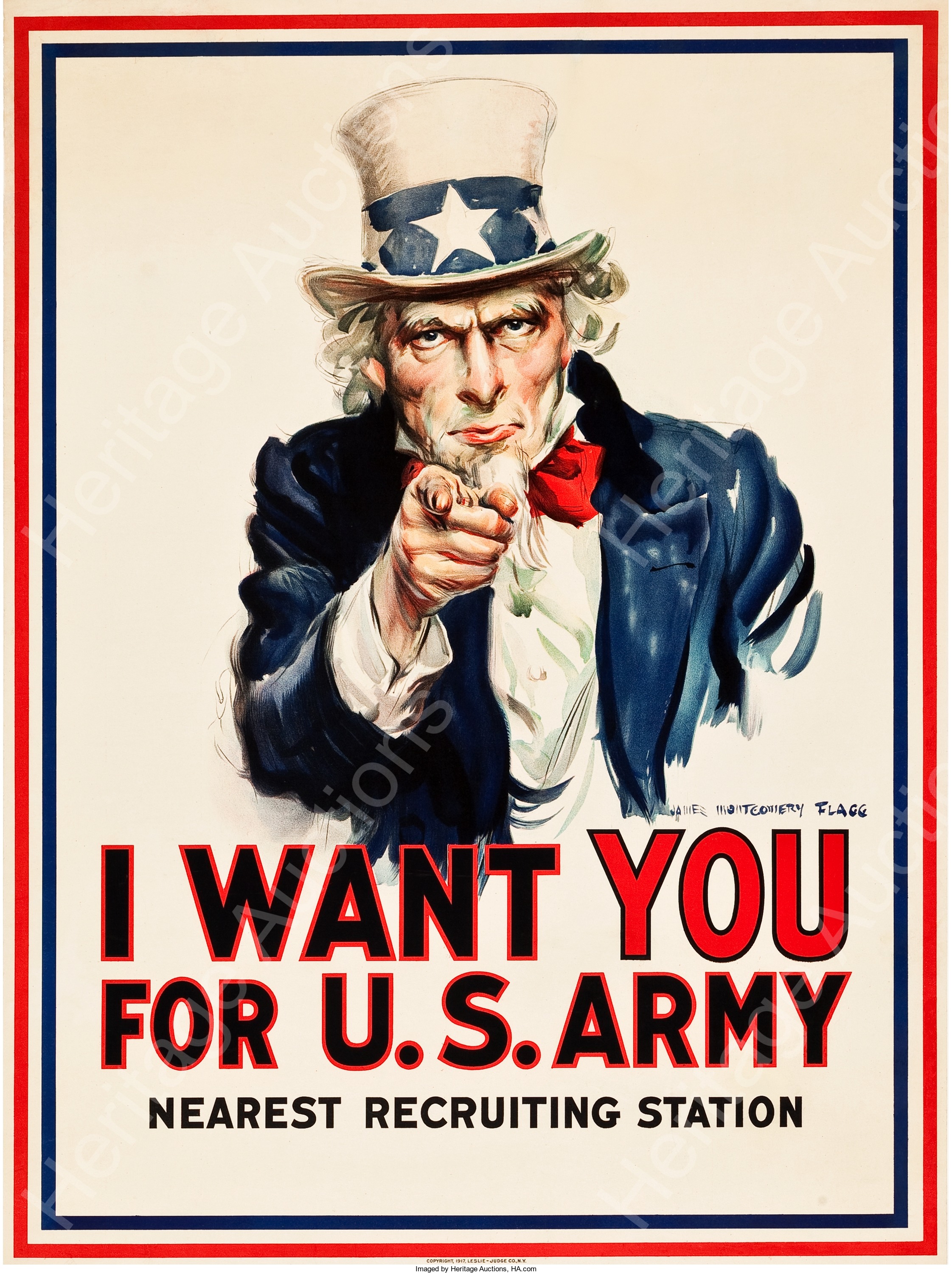
By Jim O’Neal
One hundred years ago this month – in June 1917 – 10 million men between the ages of 21 and 31 started lining up to register for military service in the United States armed forces. President Woodrow Wilson had decided in 1916 to make one last effort to end World War I and made an offer on Dec. 18 to mediate a peace, pending both sides specifying their acceptance terms.
The Central Powers had no interest since they were confident of victory. The Allies – who had no sincere interest in peace – stipulated that their enemies had to dismantle and disarm.
Wilson’s offer was allowed to lapse, which ensured two things: First, the war would continue, and secondly, the United States would be forced to abandon a policy of neutrality and issue a formal declaration of war on Germany. Congress enacted it on April 6, 1917.
Once committed to hostilities, America’s extraordinary capacity for industrial production and human organization took over. A conscription system was created and the Selective Service Act enacted on May 18, 1917, to build a national army through compulsory enlistment. Aware of the nation’s reluctance to get involved, Wilson cleverly created local civilian registration boards, which decided whether individuals entered active service or stayed on the civilian side to support the badly needed build-up efforts.
Over 24 million men registered in 1917-18 and those deemed most eligible – young, unmarried males without dependents – formed the first contingent of 2.8 million draftees. The public nature of this process transformed the dread of being drafted into a spirit of public patriotism. It was almost magically and remarkably different from the Vietnam situation 50 years later.
Only 10 percent to 11 percent of those eligible tried to evade the mandatory registration and local communities had designated people to track down the “slackers” who were required to carry proof of registration via a draft card. If anyone was nabbed without one, they were put in jail and publicly humiliated.
Families proudly put a Blue Star in their home windows whenever a family joined the military, and let their neighbors know they were “Enrolling in Liberty.” Gold Stars were displayed if a death occurred. Soon, registrants started wearing lapel pins or ribbons to advertise their status since there were five classes for draft deferments. So you could register publicly, but then privately apply for a deferment.
Naturally, there were problems since 20 percent of draftees were foreign-born citizens, but any suspicions were allayed when the bullets started flying. Another major issue was that the Army was strictly segregated and about 90 percent of black men were assigned to non-combatant roles. In a pleasant twist, those sent to France were given special treatment by the French people, who welcomed them into their homes. For those from the Jim Crow South, this became an exciting adventure.
Under current law, all male U.S. citizens between 18 and 25 are required to register with the Selective Service within 30 days of their 18th birthday. I wonder how many are aware of this law? However, the last prosecution for non-registration was in January 1986, so I guess they are safe.
 Intelligent Collector blogger JIM O’NEAL is an avid collector and history buff. He is president and CEO of Frito-Lay International [retired] and earlier served as chairman and CEO of PepsiCo Restaurants International [KFC Pizza Hut and Taco Bell].
Intelligent Collector blogger JIM O’NEAL is an avid collector and history buff. He is president and CEO of Frito-Lay International [retired] and earlier served as chairman and CEO of PepsiCo Restaurants International [KFC Pizza Hut and Taco Bell].
